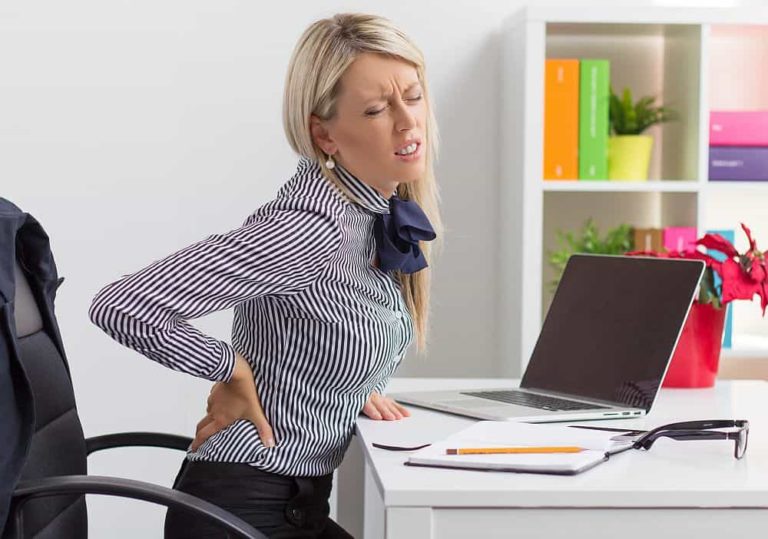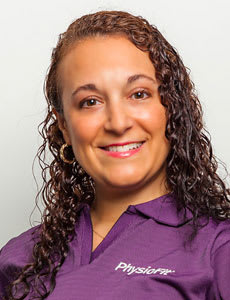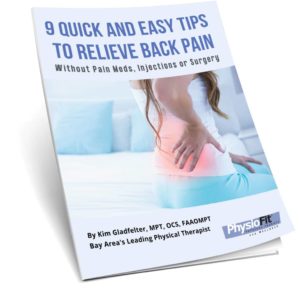 After the common cold, the most common reason Americans miss work is back pain. Unfortunately, once you have experienced back strain or injury, it can easily become a recurring problem. Many cases of back strain are due to the way we live—sitting at desks all day, hunched over a computer, with little physical activity. Unless you implement lifestyle changes, the same muscles and ligaments that were initially injured keep repeating the same patterns, never allowing them to properly heal or be protected. Even worse, a recent study discovered that our natural inclination to avoid using sore or damaged muscles causes us to “compensate,” using inappropriate muscle groups in ways that normally produce pain.
After the common cold, the most common reason Americans miss work is back pain. Unfortunately, once you have experienced back strain or injury, it can easily become a recurring problem. Many cases of back strain are due to the way we live—sitting at desks all day, hunched over a computer, with little physical activity. Unless you implement lifestyle changes, the same muscles and ligaments that were initially injured keep repeating the same patterns, never allowing them to properly heal or be protected. Even worse, a recent study discovered that our natural inclination to avoid using sore or damaged muscles causes us to “compensate,” using inappropriate muscle groups in ways that normally produce pain.
For example, say you have a herniated disk in your lower back. You need to lift a heavy bag of groceries, but the way you’d normally do it would just be too painful with your injury. Instead, you use muscles in your abdomen and sides or other back muscles that aren’t meant for lifting. You lift the bag slowly, trying to be careful, but the slower you lift, the longer these “wrong” muscles have to work. By trying to protect your injury, you may have just given yourself additional back problems!
That’s why physical therapy is so important for back injuries. Since shortened, weak or inflexible muscles are often responsible for causing back injuries in the first place, we will focus on increasing flexibility, balance and strength in the spine, and its surrounding muscles (especially the core—or trunk—and the quadriceps).
Beware—designing a physical fitness program for yourself may do more harm than good. By going too far, too fast, you can actually create more back strain. We can analyze the cause of your injury and the elements you need to improve on. That can help keep your back pain from coming…back!
FREE GUIDE: “9 QUICK AND EASY TIPS TO RELIEVE BACK PAIN.”
 ABOUT THE AUTHOR
ABOUT THE AUTHOR
Kim Gladfelter, MPT, OCS, FAAOMPT
Women's Health Physical Therapy Specialist at PhysioFit Physical Therapy & Wellness
Kim Gladfelter is a physical therapist, Pilates instructor, educator, author, and co-founder of PhysioFit Physical Therapy & Wellness. She is known as a keen, well-rounded expert of healing through movement and women’s health specialist in the Silicon Valley area.
Kim has helped men and women of all ages to stay active and feel their best. She also writes about managing pain in her health columns, blogs and the local Los Altos Town Crier newspaper as well as reaches out to the local community, support groups, schools, libraries, and sports centers to advise and educate on body awareness and therapeutic exercise.

 Los Altos, CA
Los Altos, CA


